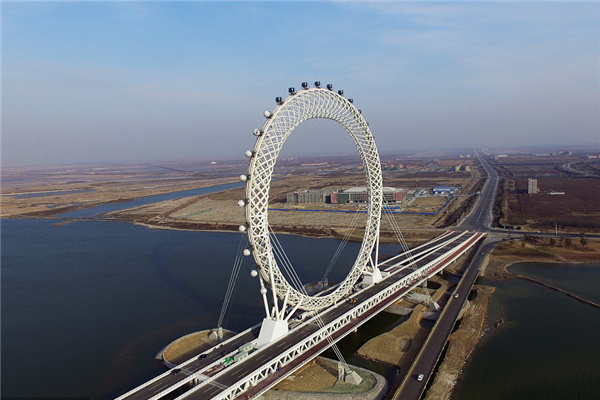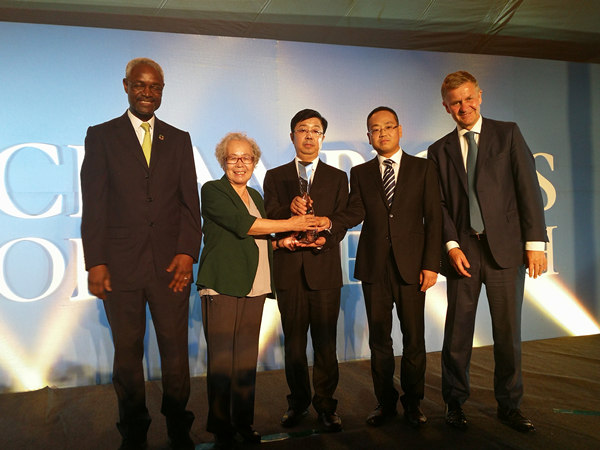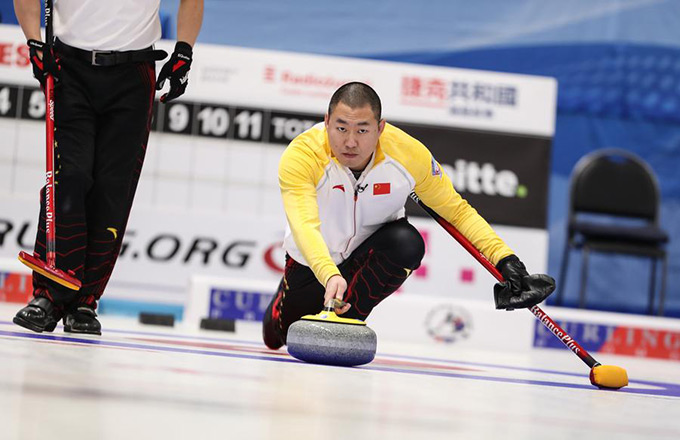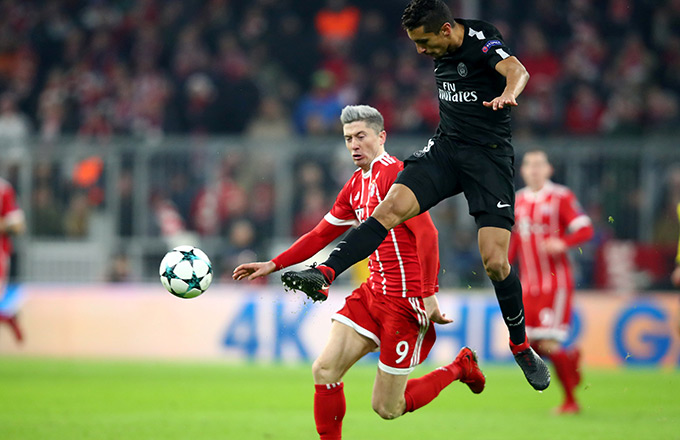

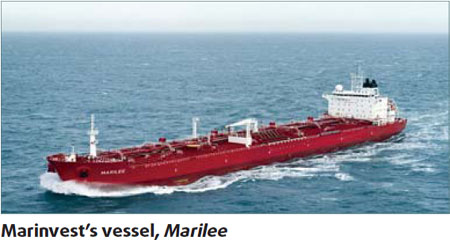
Marinvest, a privately-owned company that works with a group of international investors to design and manage sophisticated product tank ships, has just received its sixth newly build vessel, its latest addition to its fleet of LR1 ICE 1A classed product tankers.
For this series of ships, Marinvest first ordered four vessels in 2004 on behalf of international investors and another two have since been purchased and added to the Marinvest-managed fleet.
In the last decade cargo owners, charterers and the public have focused more on safety issues, including the safer operation of main propulsion machinery because engine failure may result in financial and environmental catastrophe.
Emergency propulsion for ships with slow running diesel main engines is a complex issue because they operate on high power, high torque and low RPM, both in normal and emergency mode.
As there was no commercial alternative available, Marinvest Engineering designed its own emergency propulsion solution.
Thus, Marinvest vessels have been fitted with a Disconnector and a hydraulic PTI (emergency power unit), which takes its power from a source already provided for cargo handling. On trials, a speed of 10 knots has been achieved using emergency power.
The heart of the system, the Disconnector is a compact cylindrical unit with a diameter nearly twice the diameter of the shaft and a length thrice the diameter of the shaft. It is part of the shafting system and does not need any ship foundation.
In normal service, shaft torque and thrust are transferred across the flanges. After removing the flange bolts, which can be done with simple hand tools, the disconnector unit allows free rotation between the propeller/intermediate shaft and the non-rotating main engine.
At the same time, the propeller thrust from the emergency drive fitted to the intermediate shaft is transmitted to the ship through the Disconnector.
Facing the stern or tail, the PTI system is a quadruple chain-drive that transfers the torque from four hydraulic motors to the intermediate shaft. In normal service, the PTI is disconnected from the shaft line and so, not subjected to increased wear and tear. The time needed to engage the emergency drive is only between 10 and 20 minutes.
The Disconnector is Class approved (DNV) as part of the shafting. Ship-specific emergency power input is in Class approval process with patents being applied for worldwide. A patent has already been obtained in Singapore.
As Marinvests' Emergency Propulsion Unit works with both electrical and hydraulic power for all shaft diameters, it provides the optimum combination of safety and cost effectiveness.
www.marinvest.se
(China Daily 03/02/2009 page7)


